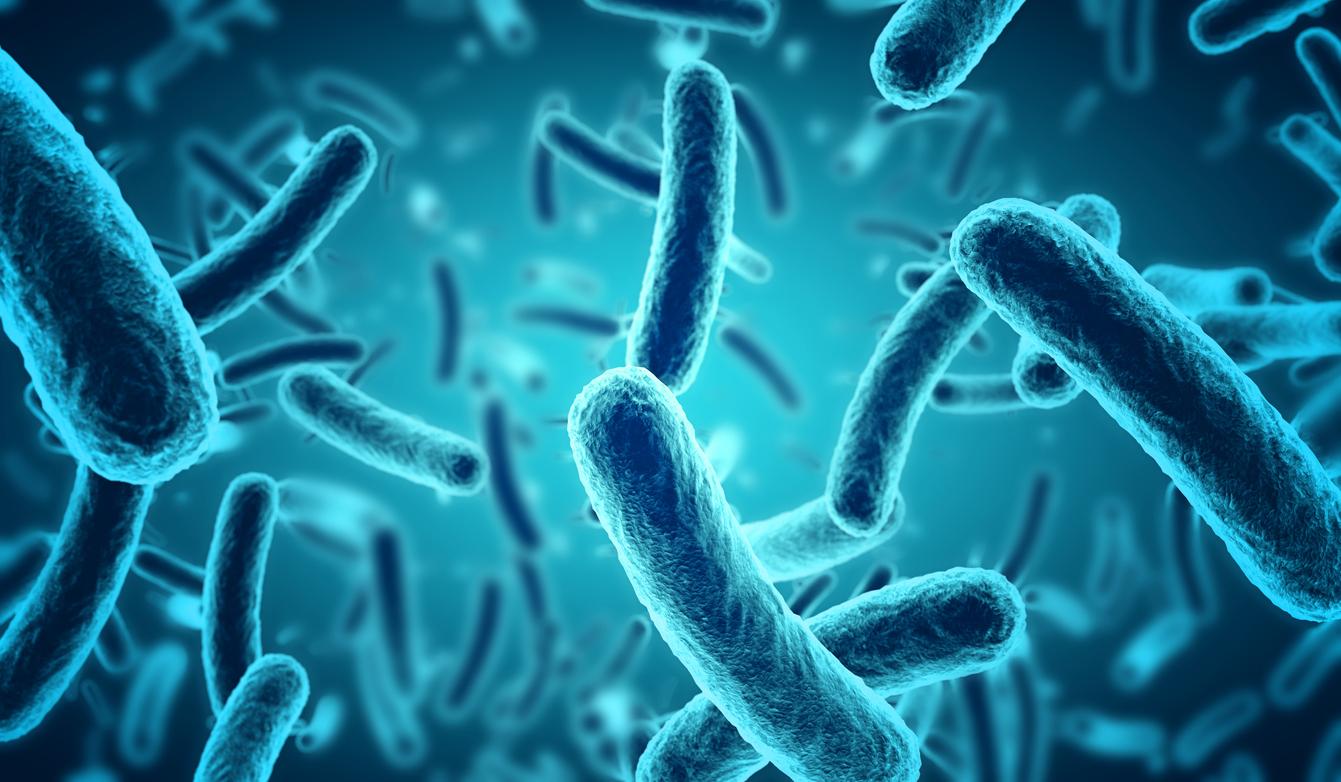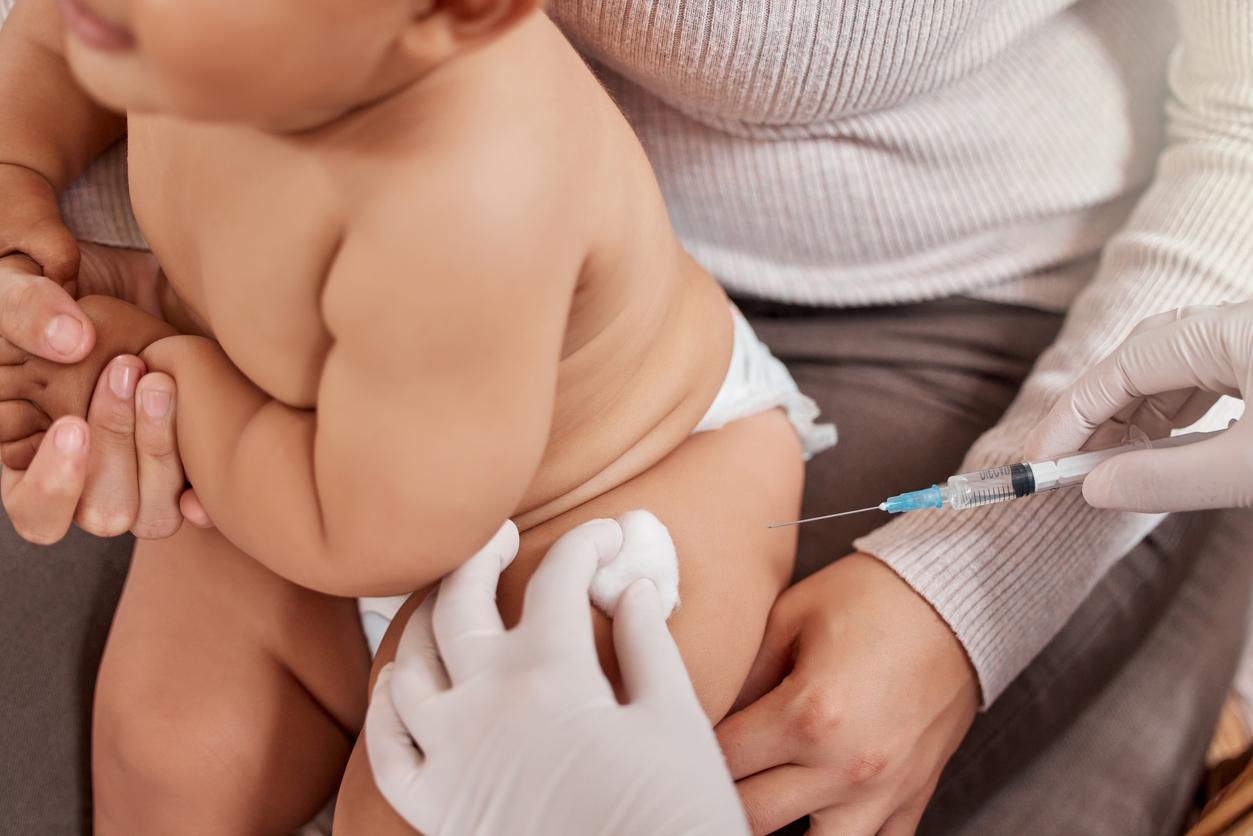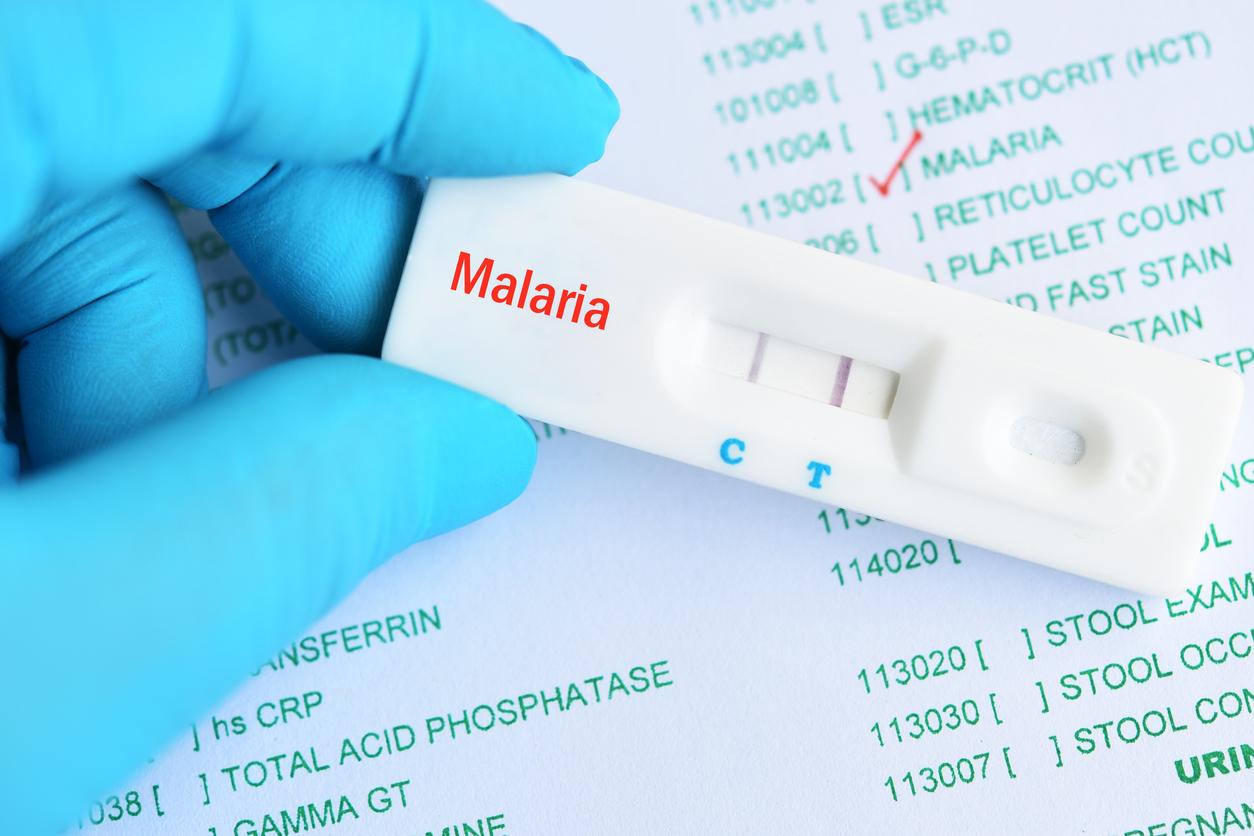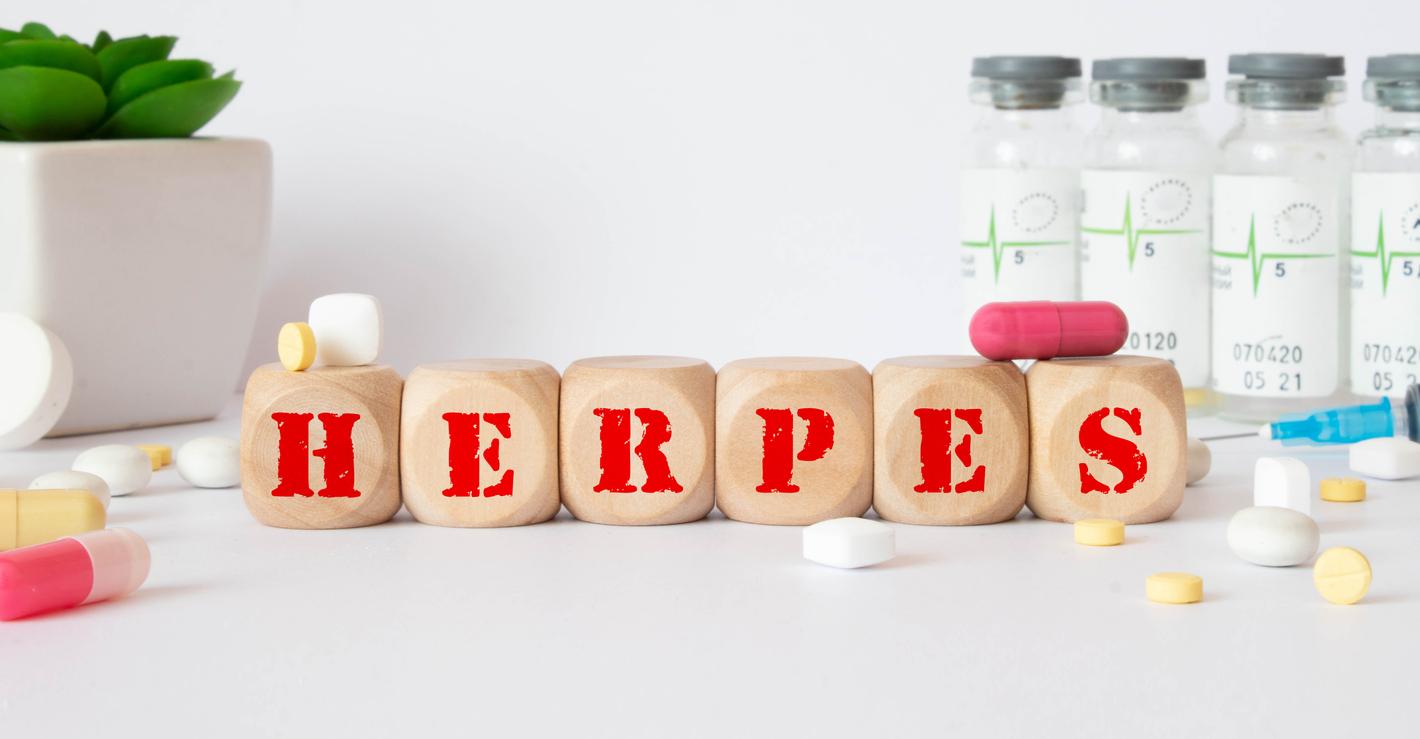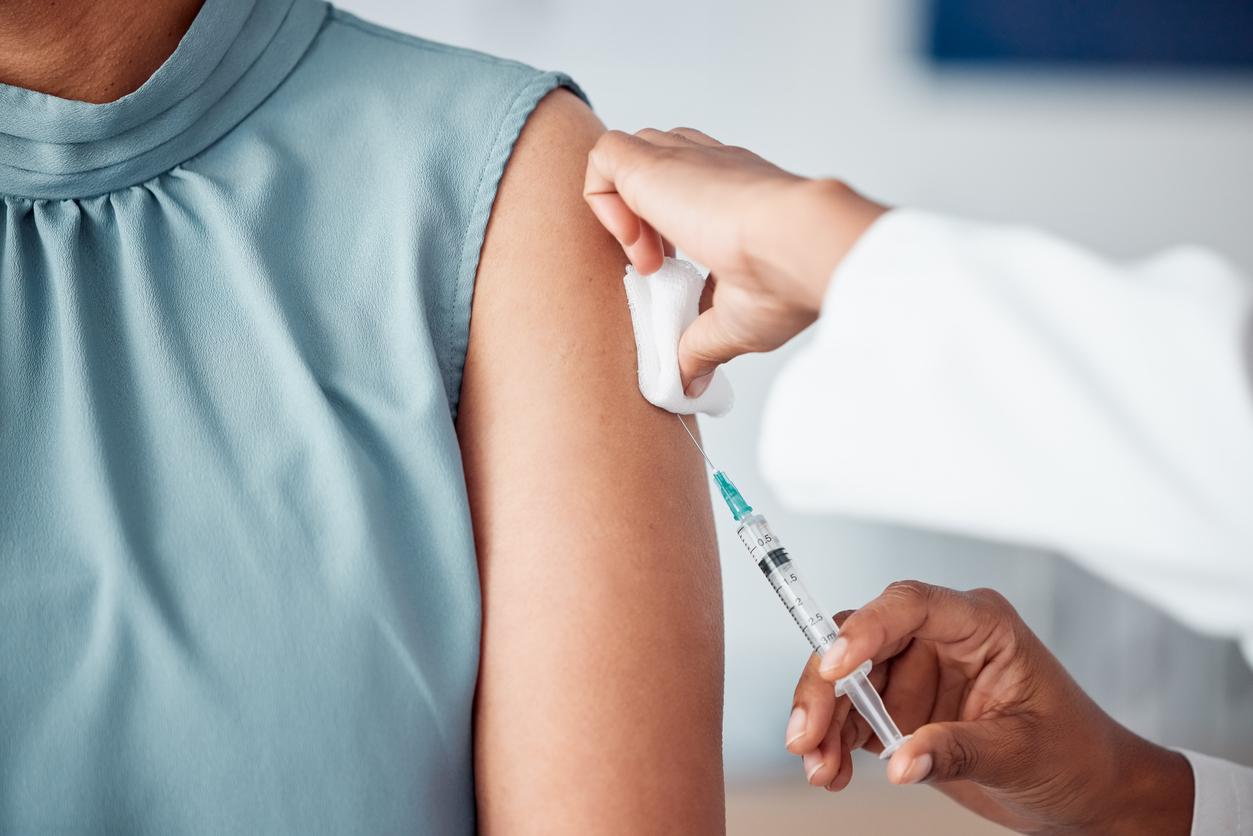To limit the spread of the yellow fever epidemic in Angola and the Democratic Republic of the Congo, the WHO will launch a mass vaccination campaign.

The yellow fever epidemic in Angola and the Democratic Republic of the Congo (DRC) worries the World Health Organization (WHO). “Epidemic outbreaks of this hemorrhagic fever can be explosive,” warned Dr Bruce Aylward, acting executive director of the Outbreaks and Emergencies Group at a press conference held this Thursday in Geneva.
To contain its spread to Angola and the Democratic Republic of Congo (DRC), WHO has announced the launch of a major vaccination campaign starting next month. More than 15 million people are affected by this “unprecedented campaign”, including more than 11 million in the DRC.
This measure is expected to cost $ 34 million, and barely half is funded. “We will soon launch an appeal to the international community to collect the next 20 million”, indicated the Canadian doctor.
More than 400 dead in 6 months
The yellow fever epidemic broke out in Luanda, the Angolan capital, last December before spreading to the DRC. As of June 8, WHO has identified 3,552 suspected cases in Angola’s 18 provinces, and 355 people have died. In the DRC, the situation is unchanged from last week: 1,307 suggestive cases have been identified and 75 deaths have been reported.
In response to the appearance of the first cases, Angola has vaccinated nearly 13 million people in the past 6 months. Despite everything, the virus transmitted by the mosquito Aedes, vector of Zika virus and dengue fever, continues to spread. Imported cases have been identified in China and Kenya in particular.
Fatal in 50% of cases
The yellow fever virus is endemic in the tropics of Africa and South America, ie 47 countries. Almost a million people live in these risk areas. Due to the presence of the vector mosquito in a large part of these regions, the WHO fears an international spread. She therefore asks all travelers to be vaccinated before traveling to these countries, in particular Angola and the DRC.
“Yellow fever is fatal in 50% of cases,” recalled Dr. Bruce Aylward. This infectious disease results in the onset of a high fever, body aches, nausea or vomiting, as well as loss of appetite.
After 3 or 4 days, the condition of the patients improves. This is the first phase of the disease, called acute. But 15% of patients will have a second, more toxic phase. Very quickly, jaundice sets in, accompanied by abdominal pain. Bleeding can then occur in the eyes, nose and stomach. At this stage of the disease, half of the sick die within 10 to 14 days.
.









